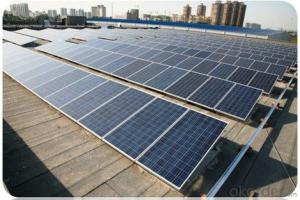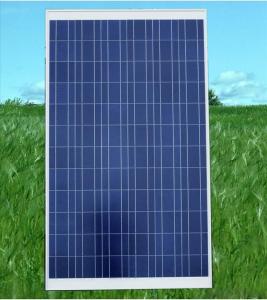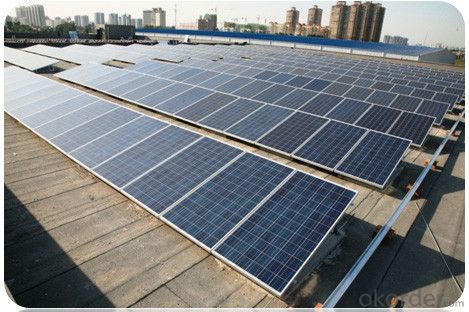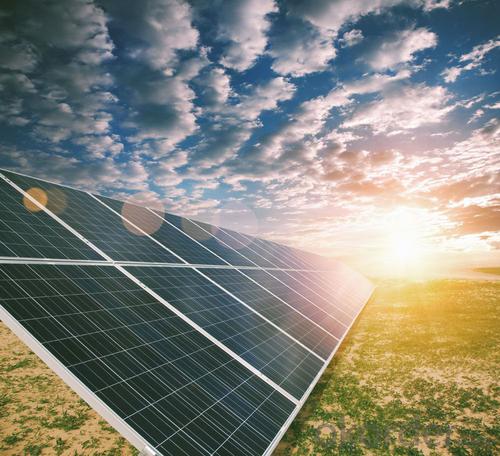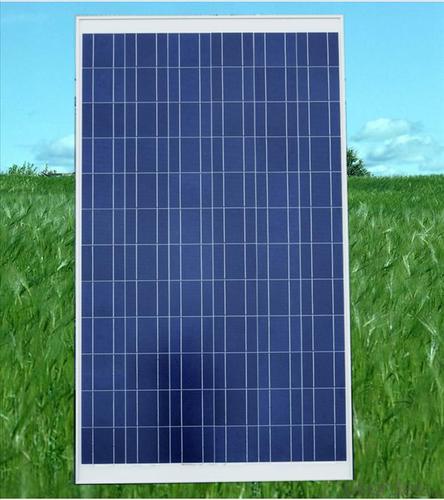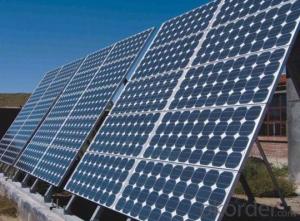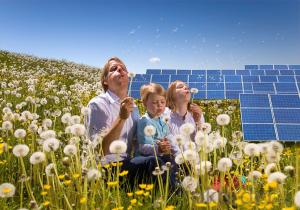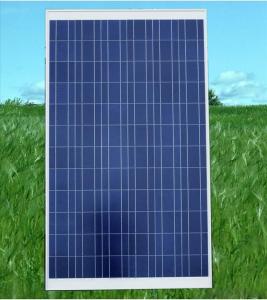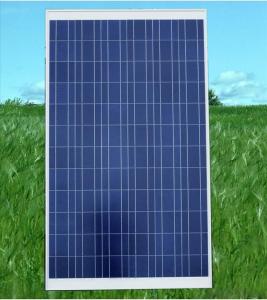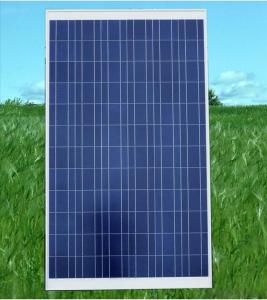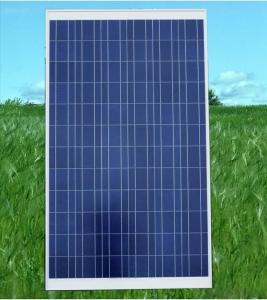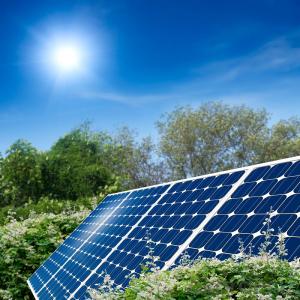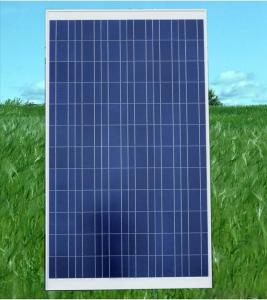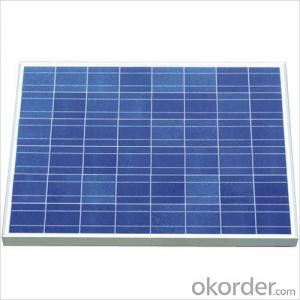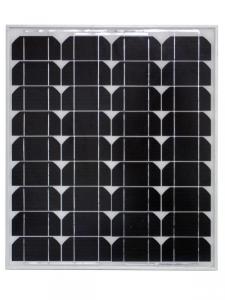Frameless Solar Panels 240w Polycrystalline Silicon
- Loading Port:
- Guangzhou
- Payment Terms:
- TT OR LC
- Min Order Qty:
- 200000 watt
- Supply Capability:
- 20000000 watt/month
OKorder Service Pledge
OKorder Financial Service
You Might Also Like
Introduction
This installation Manual contains essential information for the electrical and mechanical installation that your must know before installing CUSTOMER PV modules. This also contains safety information you need to be familiar with .All the information described in this manual are the intellectual property of CNBM and based on the technologies and experiences that have been acquired and accumulated in the long history of CUSTOMER. This document does not constitute a warranty, expressed or implied.
About us
We are a high-tech group wich specializes in solar products design,research, manufacture, sales,solar projects design
and installation.
Our national sales service covers seven parts, including northeast, north, east, middle, south, northwest and
southwest, international sales covers five continents and over forty countries, including Germany, Italy, Spain,
France, America and Brazil etc.
Our present annual capacity is 6 million for wafer, 60MWp for solar cells,200MWp for solar modules and one hundred
thousand for solar applications. It is expected that the annual capacity of 2012 will be up to 30 million for wafer,
300MWp for solar cells, 1000MW for solar modules and 2 million for solar applications.
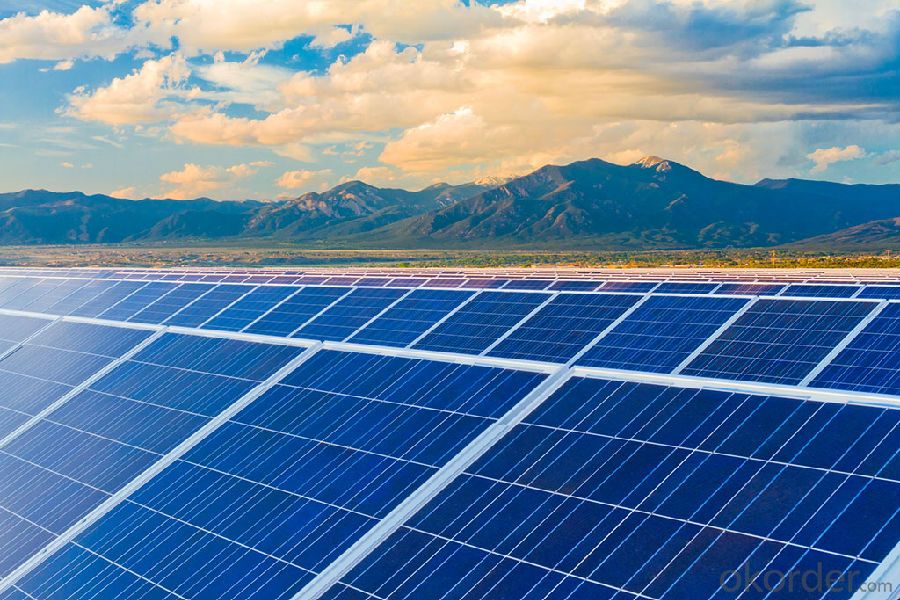
FAQ:
1. How long will my inquiry get response?
Your inquiry related to our products or prices will be replied within 24 hours.
2. Can I get professional service and suggestion?
Well-trained and experienced staffs to answer all your questions in fluent English.
3. Do you accept OEM or customized design?
OEM & ODM, any your customized lightings we can help you to design and put into product.
4. What if I need specific design?
Distributorship are offered for your unique design and some our current models.
Data sheet
Maximum Power | 240W |
Efficiency | 0.148 |
Backsheet | White |
Frame Colar | Silver |
Manufacture Site | China |
Frame | Anodized Aluminum Alloy |
Weight | 19 kg |
- Q: I know that there is a life expectancy for solar panels, and I suppose, the technology involved. Any information?
- All okorder /... PV warranties typically allow for 20 percent output degradation over the module’s 20- to 25-year warranty life. But measurements of many modules put into service in the 980s show that it’s unusual to see even half that much degradation. Many of those earliest modules still perform to their original specifications. It is safe to say that modules carrying warranties of 20 years or more have a high probability of working well 30 years from now
- Q: Can solar panels be used to power an entire home?
- Yes, solar panels can be used to power an entire home. By installing a sufficient number of solar panels and utilizing energy storage systems, a home can generate and store enough electricity from the sun to meet all its power needs, even during periods of low sunlight or at night. This allows for a sustainable and independent energy source, reducing reliance on traditional power grids and lowering electricity bills.
- Q: Can solar panels be used for powering remote monitoring systems?
- Yes, solar panels can be used to power remote monitoring systems. Solar panels generate electricity from sunlight and can charge batteries or directly power devices. This renewable energy source is ideal for remote locations where access to the electrical grid is limited or unavailable. Solar panels can provide a reliable and sustainable power solution for remote monitoring systems, ensuring continuous operation without the need for frequent battery replacement or reliance on fossil fuels.
- Q: The average solar panel produces 0% of the energy that is put into it. What is happening to the other 90%? Is it being reflected or is it being obsorbed by materials that are not a part of the solar cell? Is it possible to one day have near 00% efficient solar cell technology?
- Mainly due to reflection (micro-structuring of the surface helps here), incorrect wavelength of the light (the panel is only sensitive to a certain wavelength range) and heating of the panel (due to the incident light/thermal radiation). The remainder is either reflected or absorbed by the cell and re-emitted as heat. Absorption by e.g. the glass panel is slight (a few %), as is absorption/reflection by the necessary surface contacts (again, a few %). Higher efficiency is possible, but brings its own drawbacks (like higher cost). You could now go into two directions: - high efficiency cells/panels with (likely) higher cost and complexity for mounting (like lens or mirror based systems, aka concentrator systems, that increase the light level on the cells in order to increase efficiency) - low cost systems (cheap as dirt) that will allow you to cover every surface of a building, efficiency is less important if you can compensate by a much larger covered area As to the efficiency limit: there is a theoretical limit (from thermodynamics - don't ask me how or why) in the range of 30...40%, depending on which publication you want to believe in.
- Q: How do solar panels withstand hail or other weather conditions?
- Solar panels are designed to be durable and can withstand hail and other weather conditions due to their sturdy construction and protective materials. The panels are made with tempered glass, which is highly resistant to impacts, including hail. Additionally, the panels are built to withstand high winds, heavy snow loads, and extreme temperatures. This ensures that they can endure harsh weather conditions without being damaged, allowing them to continue generating electricity efficiently.
- Q: Can solar panels be installed on a flat roof?
- Yes, solar panels can be installed on a flat roof. However, it is important to consider the orientation, tilt, and shading of the roof to ensure maximum efficiency and productivity of the solar panels.
- Q: Do solar panels require a battery for energy storage?
- No, solar panels do not necessarily require a battery for energy storage. While batteries can be used to store excess energy generated by solar panels for later use, it is not a mandatory component. Solar panels can also directly feed the generated electricity into the grid or be used to power devices in real-time, without the need for a battery.
- Q: I would love to put in solar panels on my roof, but how hard would it be, and how expensive? Would I be able to do the work myself, or would I have to hire a pro?Also I live in Oregon, so much of the time it is overcast, so would it really be worth it?
- Not a good idea. The reason why panels are that much more expensive than cells is that the panels themselves are not that cheap either. If you start with the cells, you'll need - mechanical protection (hail, ice, snow) - electrical protection (i.e. waterproofing - if water comes in contact with the cells and wires, you'll get electrolysis which will corrode your wires and contacts faster than you can say 'b*mmer') - that setup will need to withstand temperatures between -20 and +30 °C (only guessing, might be worse) - oh, and the side facing the sun must be transparent (as far as possible) Now as to connecting the stuff: no, it will be neither easy to connect it to the house power nor to the grid - which is why that step (at least) in all countries I know of must be done by a certified electrician. If you get it wrong and you're lucky, only _your_ inverter will explode. Regarding the power: these 4W per cell (or kW for your shed) is the peak value, i.e. with the sun shining orthogonally onto the cells on a clear day. Since this (for a fixed installation) will only be true (at most) for a few minutes on a few days each year, your overall yield will be significantly less, probably more like 4 kWh/day for each clear day for each kWpeak you install _IF_ the shed roof is oriented exactly south and inclined towards the sun's noon position at the spring/autumn equinox (i.e. inclination angle = your geographical latitude). How many clear days do you have in britain? Yes, I had a similar idea for myself - but for one thing, the registered companies I addressed apparently weren't really interested in that small fry, plus the cost of the system + setup would barely have been amortized after the expected lifetime, even taking into account the (german) governmental subsidies. If I had the money to spare, I'd rather invest in a communal solar park. Much better ROI, the large installations get much better prices (per kW) for the setup.
- Q: I can't figure out how to charge a Ni Cd (BD 8V Firestorm) battery directly with a solar panel so I've come up with an alternative which might or might not work. I thought I would connect an inverter (I found a nice 400W for $30) to my trucks battery and plug the BD Firestorm battery charger into the inverter. Then I was thinking I could use a 5W solar panel to trickle charge the truck battery and keep it connected after the Ni Cd is charged to ensure the truck battery is topped off. The truck would not be running during this process. Will this solution work? Is there a better solution?
- Your 5W solar panel has to put out about 5 volts or higher to charge a 2 volt battery. 5 watts at 5 volts is only 0.3 amps, which is only enough to handle the internal leakage inside a large battery, plus a bit. If you have a 00 amp-hour battery, that panel would take 300 hours of bright sunlight to charge it. But I do agree that it will keep the truck battery charged as long as it gets sun. Make sure you put a diode in series between the panel and the battery to prevent the battery from discharging through the panel when the sun goes behind a cloud. I'd be worried that if you charged the 8 volt battery frequently, the panel would not be able to replace the lost charge, and your 2 volt battery would wind up discharged. That 8 volt battery is .2 amp-hrs (if I got the correct one). That is 27 watt-hours. Allowing for losses, you car battery will have to deliver over 30 watt hours to charge it. Your solar panel will take over 6 hours of bright sun to make up that difference. That is over 24 hours this time of year. So if you recharged it more than once every 2 days, you will lose charge in the truck battery. .
- Q: Can solar panels be used to power swimming pools or hot tubs?
- Yes, solar panels can be used to power swimming pools or hot tubs. Solar energy can be harnessed through solar panels and converted into electricity to operate the pumps, heaters, and other equipment required to maintain the desired temperature and cleanliness of the water in swimming pools or hot tubs.
Send your message to us
Frameless Solar Panels 240w Polycrystalline Silicon
- Loading Port:
- Guangzhou
- Payment Terms:
- TT OR LC
- Min Order Qty:
- 200000 watt
- Supply Capability:
- 20000000 watt/month
OKorder Service Pledge
OKorder Financial Service
Similar products
Hot products
Hot Searches
Related keywords
